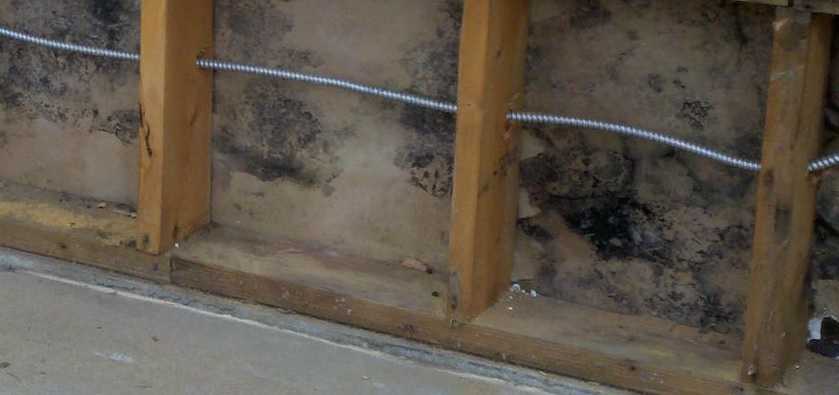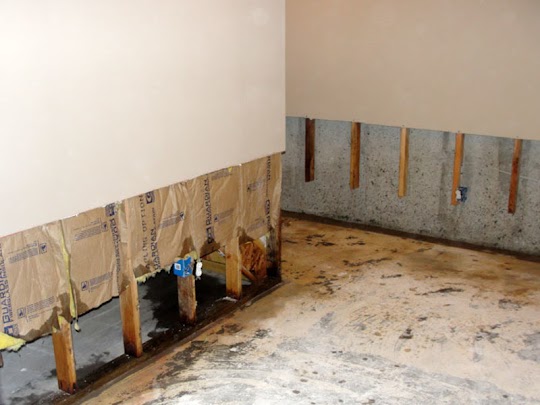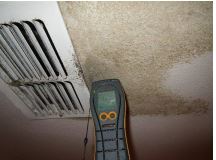Austin
With a population of over 960,000 as of 2019 according to the Wikipedia page on Austin, Austin is the capital and most populous city in the U.S. state of Texas. Nicknamed the "Live Music Capital of the World", Austin has a thriving live music scene and a rich cultural history.
History
Austin was founded in 1839 and incorporated in 1840, named after Stephen F. Austin, known as the "Father of Texas". It replaced Houston as the capital of the Republic of Texas in 1839. In the late 1800s, Austin emerged as an important rail hub and center for education and government. The construction of the Texas State Capitol building between 1882 and 1888 further solidified Austin's status as the state's capital.
For more on Austin's history, visit the Austin History Center at 810 Guadalupe St, Austin, TX 78701, (512) 974-7480.
Government
As the capital of Texas, Austin serves as the seat of state government and is home to the Texas State Capitol building, Texas Governor's Mansion, and Texas Supreme Court. The city of Austin is the county seat of Travis County, located at 700 Lavaca St, Austin, TX 78701, (512) 854-9020.
The Austin city government is run by a city manager appointed by the city council. The current mayor of Austin is Steve Adler. You can learn more by visiting the City of Austin website or contacting Austin City Hall at 301 W 2nd St, Austin, TX 78701, (512) 974-2000.
Economy
Austin has a diverse economy anchored by technology, government and education, and tourism. Many major technology companies are based in Austin, including Dell, IBM, AMD, and Oracle. The state government, University of Texas at Austin, and other educational institutions also drive the local economy.
Tourism, centered around Austin's music scene and cultural attractions, contributes billions in revenue annually. Austin City Limits and the South by Southwest festivals draw large crowds each year. The hospitality industry employs over 70,000 people in the Austin metro area.
For more economic data and information on major employers, visit the Austin Chamber of Commerce website.
Places and Landmarks
Austin is home to a variety of historic and cultural attractions and landmarks.
Texas State Capitol
The Texas State Capitol building, located at 1100 Congress Avenue, Austin, TX 78701, was completed in 1888 and stands 308 feet tall. Free tours are available daily from 8am to 5pm. Website. Phone: (512) 463-5495.
GPS coordinates: 30.274608, -97.74316858490549
Barton Springs Pool
Barton Springs Pool is a natural, spring-fed swimming pool located in Zilker Park. Address: 2201 Barton Springs Rd, Austin, TX 78746. Website. Phone: (512) 867-3080.
GPS coordinates: 30.2635828, -97.77109868493808
Lady Bird Lake
Lady Bird Lake is a reservoir on the Colorado River running through downtown Austin. The lake is popular for hiking, biking, kayaking, and other recreational activities. Address: 507 Lady Bird Lake, Austin, TX 78701
GPS coordinates: 30.25212708188104, -97.7571245790814
Museums and Cultural Attractions
Austin has a thriving arts and cultural scene. Major museums and attractions include:
Bullock Texas State History Museum
This history museum covers the full breadth of Texas history and culture. Location: 1800 Congress Ave, Austin, TX 78701. Website. Phone: (512) 936-8746.
Blanton Museum of Art
Home to over 17,000 works of art, the Blanton features an impressive permanent collection and rotating exhibits. Location: 200 E Martin Luther King Jr Blvd, Austin, TX 78701. Website. Phone: (512) 471-5482.
Mexic-Arte Museum
This museum focuses on Mexican, Latino, and Latin American art and culture. Location: 419 Congress Ave, Austin, TX 78701. Website. Phone: (512) 480-9373.
Music Scene
With over 250 live music venues, Austin lives up to its motto as the Live Music Capital of the World. The city hosts major music festivals like South by Southwest and Austin City Limits, while local venues showcase musicians every night.
Historic music venues include Antone's Nightclub, Continental Club, Mohawk, Stubb's BBQ, and the Broken Spoke. The "Live Music Capital of the World" motto was originally trademarked by the Austin Convention & Visitors Bureau in 1991.
Public Transportation
Public transportation in Austin is provided by Capital Metro, which operates buses, commuter rail, and ride sharing services. Key routes include the MetroRapid bus lines and MetroRail light rail system. Information on schedules, fares, and routes can be found on the Capital Metro website or by calling (512) 474-1200.
Sports
As the capital of Texas, Austin is home to sports teams from the University of Texas at Austin and several professional franchises.
University of Texas Longhorns
The Texas Longhorns college athletics program fields teams in a variety of men's and women's sports. Football and basketball are particularly popular. Check out the latest at the official Texas Longhorns website.
Austin Spurs
The Austin Spurs are a minor league basketball team affiliated with the NBA's San Antonio Spurs. Home games are played at the H-E-B Center at Cedar Park. Learn more at the official Austin Spurs website.
Schools and Education
Public primary and secondary education in Austin is provided by the Austin Independent School District (AISD). AISD operates 129 schools serving over 80,000 students. See school listings and information at the AISD website or call (512) 532-6000.
Austin is also home to several universities, including the flagship University of Texas at Austin, St. Edward's University, Huston-Tillotson University, Concordia University Texas, and Austin Community College.
Additional Local Resources
Check out the following additional resources to learn more about Austin:
With its slogan of "Keep Austin Weird", the city has long celebrated its eclectic and diverse culture. Austin offers something for everyone, from music lovers to outdoor enthusiasts to tech entrepreneurs. The city's official motto "The Live Music Capital of the World" welcomes the millions of visitors each year who come to experience Austin's vibrant spirit.



